When designing a training program, understanding the different methods to measure and control intensity is crucial. Three common approaches are Reps in Reserve (RIR), Rate of Perceived Exertion (RPE), and Percentages of 1-Rep Max (1RM), 3 or 5-Rep Max (3-5RM).
While all three have their merits, Reps in Reserve offers unique advantages that make it my preferred approach, particularly for those seeking flexibility and adaptability in their workouts.
1. Reps in Reserve (RIR)
What It Is:
RIR measures how many repetitions you have left in the tank before reaching failure. For example, if you finish a set with an RIR of 2 (2 RIR), you could have done two more reps with proper form.
Why I Prefer It:
- Ease of Use: It’s straightforward and easy to apply, making it accessible to lifters of all levels, especially those who may not be familiar with their maxes.
- Flexibility: RIR allows for auto-regulation, meaning you can adjust your effort based on how you feel on a given day. This is particularly useful for managing fatigue and preventing overtraining.
- Adaptability: RIR adapts to all exercises, especially the unique ones used in my programs.
2. Rate of Perceived Exertion (RPE)
What It Is:
RPE is a scale from 1 to 10 that measures how hard you feel you’re working during a set. An RPE of 10 means you’re giving maximum effort - 100%, while an RPE of 7 indicates you are giving about 70% effort.
Why It’s Still Valid:
- Consistency: RPE provides a structured way to measure intensity across different workouts, making it useful for those who want a more consistent approach. At the end of a workout on my app (TrainHeroic) athletes are asked to give their RPE for the workout.
- Suitability for Experienced Lifters: RPE is particularly effective for those who are more in tune with their bodies and can accurately gauge their effort levels. However, it is challenging for beginners or athletes that are not experienced with a particular training style.
3. Percentage-Based Training
What It Is:
This method uses a percentage of your 1-Rep Max (1RM) 3 or 5-Rep Max (3-5RM) to determine the weight you should lift. For instance, if your 1RM for the bench press is 200 pounds, training at 80% would mean lifting 160 pounds.
Why It’s Still Effective:
- Precision: Percentage-based training offers clear, objective targets, making it ideal for those following a structured, periodized program. The downfall is you must know your maxes for this to work.
- Programmed Progression: It’s great for tracking progress over time and ensuring you’re gradually increasing intensity.
Why Reps in Reserve is My Go-To
While RPE and percentage-based training both have their place in a well-rounded program, Reps in Reserve stands out for its versatility and user-friendly nature. It’s particularly beneficial for those who value flexibility and want to tailor their workouts to how they feel on any given day. By allowing for adjustments in real-time, RIR helps ensure that you’re always training at an optimal level, making it a powerful tool for both beginners and experienced lifters alike.
In conclusion, while I see the value in all three methods, Reps in Reserve is my preferred approach because it offers a balance of adaptability, simplicity, and effectiveness, making it an excellent choice for anyone looking to maximize their training potential.
With that being said, never say never. I have used all of these methods in my program Lift Heavy, Swing Fast and am not opposed to offering them again. My go-to will always be Reps in Reserve.








